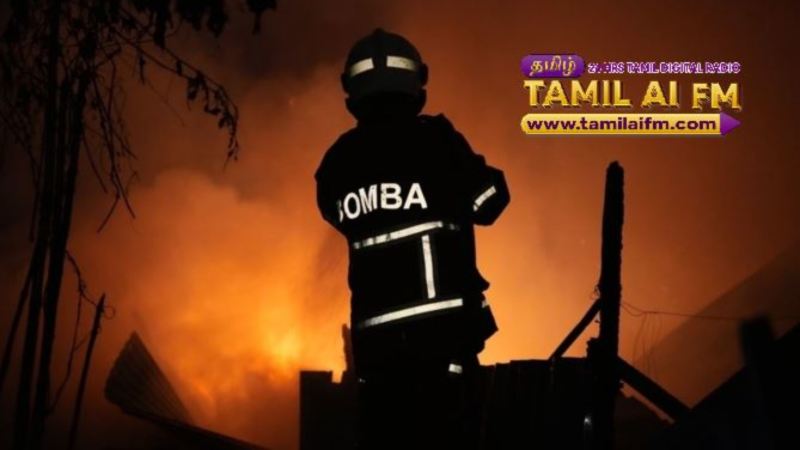KOTA BHARU — Behind the raging flames and thick smoke that often leave behind nothing but charcoal and ash, one should not assume that no evidence can be found in the aftermath of a fire.
Thanks to advancements in forensic technology, the cause of a fire can be determined — and if foul play is confirmed, the evidence uncovered can support prosecution in court. This is the role of the forensic team from the Fire and Rescue Department of Malaysia (JBPM), which takes over the fire scene once the flames have been extinguished by the Firefighting and Rescue Operations Division.
Recognising the importance of fire forensic investigations, the government established nine laboratories in 2004 — located in Kuala Lumpur, Selangor, Negeri Sembilan, Johor, Pahang, Penang, Terengganu, Sabah, and Sarawak.
This team has succeeded in resolving major cases in a short time, including the fire on the second floor of the Intensive Care Unit (ICU) at Sultanah Aminah Hospital (HSA) in Johor Bahru on October 25, 2016, and the fire at the Darul Quran Ittifaqiyah Tahfiz Centre in Jalan Keramat Ujung, Kuala Lumpur on September 14, 2017.
Flames extinguished, work begins
Sharing his insights into fire forensics, Kelantan JBPM Director Farhan Sufyan Borhan said many people are unaware that a firefighter’s job does not end once the fire is successfully extinguished.
“What comes after is equally critical, because through the forensic investigations we conduct, we can identify the actual cause of the fire — whether it’s due to human negligence, faulty wiring, electrical appliances, or even arson,” he told Bernama.
Having previously served in the Fire Investigation Division, Kuala Lumpur, Farhan Sufyan noted that one of the most challenging aspects of fire forensic work involves cases related to hydrocarbon-based liquids such as petrol, diesel, paint thinner, or other highly flammable substances.
“Hydrocarbons are difficult to detect with the naked eye. For instance, if petrol is used to accelerate a fire, it burns off completely, leaving no visible liquid residue. Only chemical analysis in the lab can detect residual hydrocarbon molecules that may cling to wood fragments, flooring, or soil at the scene,” he explained.
To detect the presence of hydrocarbons, the team uses technology such as Gas Chromatography Mass Spectrometry (GCMS) in the fire forensic laboratory.
“Without lab analysis, it’s impossible to prove in court that a flammable substance was used to start the fire.
“If there is no scientific verification, arson cases can be thrown out due to lack of evidence. We must have a valid lab report that specifies the type of substance, quantity, and the probable method of use,” he said.


